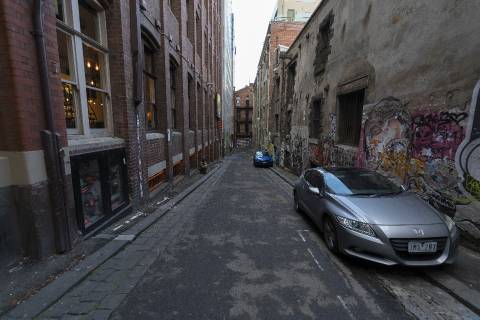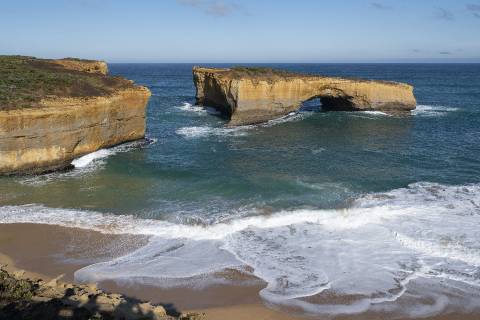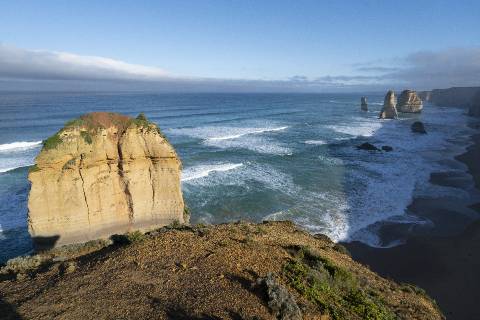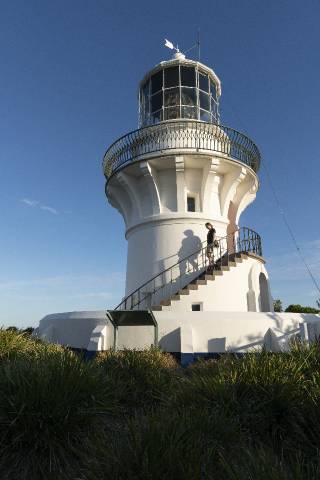|
Sony FE PZ 16-35mm f/4 G - Review / Test Report - Sample Images & Verdict |
|
Lens Reviews -
Sony Alpha (Full Format)
|
|
Page 3 of 3

Sample Images
Click on an image to download the full-size variant.
 |
| Make | SONY |
| Model | ILCE-7RM2 |
| ISO Speed | 200 |
| Focal Length | 26.5mm |
| Aperture: | f/8.0 |
| Exposure | 1/125s |
 |
| Make | SONY |
| Model | ILCE-7RM2 |
| ISO Speed | 200 |
| Focal Length | 35.0mm |
| Aperture: | f/4.0 |
| Exposure | 1/2500s |
 |
| Make | SONY |
| Model | ILCE-7RM2 |
| ISO Speed | 200 |
| Focal Length | 35.0mm |
| Aperture: | f/4.0 |
| Exposure | 1/1250s |
 |
| Make | SONY |
| Model | ILCE-7RM2 |
| ISO Speed | 200 |
| Focal Length | 34.5mm |
| Aperture: | f/4.0 |
| Exposure | 1/1250s |
 |
| Make | SONY |
| Model | ILCE-7RM2 |
| ISO Speed | 320 |
| Focal Length | 16.5mm |
| Aperture: | f/7.1 |
| Exposure | 1/640s |
 |
| Make | SONY |
| Model | ILCE-7RM2 |
| ISO Speed | 320 |
| Focal Length | 16.5mm |
| Aperture: | f/4.0 |
| Exposure | 1/50s |
 |
| Make | SONY |
| Model | ILCE-7RM2 |
| ISO Speed | 320 |
| Focal Length | 16.5mm |
| Aperture: | f/8.0 |
| Exposure | 1/20s |
 |
| Make | SONY |
| Model | ILCE-7RM2 |
| ISO Speed | 125 |
| Focal Length | 31.0mm |
| Aperture: | f/8.0 |
| Exposure | 1/640s |
 |
| Make | SONY |
| Model | ILCE-7RM2 |
| ISO Speed | 640 |
| Focal Length | 21.0mm |
| Aperture: | f/9.0 |
| Exposure | 1/1600s |
 |
| Make | SONY |
| Model | ILCE-7RM2 |
| ISO Speed | 125 |
| Focal Length | 33.0mm |
| Aperture: | f/8.0 |
| Exposure | 1/640s |
 |
| Make | SONY |
| Model | ILCE-7RM2 |
| ISO Speed | 200 |
| Focal Length | 16.5mm |
| Aperture: | f/9.0 |
| Exposure | 1/400s |
 |
| Make | SONY |
| Model | ILCE-7RM2 |
| ISO Speed | 200 |
| Focal Length | 21.5mm |
| Aperture: | f/11.0 |
| Exposure | 1/400s |
Competition
While the Sony FE PZ 16-35mm f/4 G (shown to the left below) is unique in terms of its video support, it is not alone within the photographic scope at least. There's the already mentioned Zeiss T* Vario-Tessat 16-35mm f/4 OSS (2nd left) - a dated lens in comparison. Overall it's inferior in comparison, although it has the advantage of featuring an optical image stabilizer. Then there's the new Sigma 16-28mm f/2.8 DN Contemporary (2nd from the right). We haven't tested this one yet. Obviously, it's a faster lens but don't expect it to be better. The same can be said about the Tamron 17-28mm f/2.8 Di III RXD. Both are a little bit more affordable despite being faster.
 Visual comparison courtesy of camerasize.com.
Visual comparison courtesy of camerasize.com.
Verdict
The Sony FE PZ 16-35mm f/4 G stands out in a couple of ways. In terms of optical performance, it is more consistent than most ultra-wide zoom lenses that we have tested so far. Usually, these lenses tend to be decent at their widest setting, but the performance falls apart at the "long" end of the zoom range. The unofficial predecessor - the Zeiss T* Vario-Tessar FE 16-35mm f/4 OSS - is a typical example of this. Conversely, the Sony lens produces an extremely sharp center and a good to very good outer image field throughout the zoom range and all relevant aperture settings. RAW image distortions are high, even excessive at 16mm, so it's clear that image auto-correction is required for this lens. With activated auto-correction image distortions are basically absent. It's a similar case with respect to vignetting. The RAW vignetting is very high at 16mm. With auto-correction on, the light falloff is reduced by about 1EV (f-stop) at 16mm although you can still notice some vignetting at 16mm f/4 at least. The issue is well controlled at other settings in this case. Lateral CAs are low even in RAW images. Sun stars are pretty good with a sweet spot around f/11. Being a rather slow ultra-wide zoom lens, it's quite obvious that this isn't a bokeh monster. However, the out-of-focus blur is quite decent at very close focus distances at least. Flare can be an issue in critical scenes, thus attaching the lens hood is a good idea if the light source is near or just outside of the edge of the image frame.
The Sony lens is amazingly compact and lightweight - yet this doesn't compromise the build quality. While the lens body is made of plastics, it feels quite sturdy. The internal zoom mechanism as well as the dust- and moisture-resistant design also contributes to the high-quality perception. Sony has implemented a power zoom mechanism that can be controlled via the zoom ring and a zoom rocker. The video folks are going to love this, of course. There's also minimal focus breathing. However, we can certainly recommend this lens to photographers as well. While you can notice a certain lag during zooming, it's rather irrelevant in real life. The traditionalists and videographers will also appreciate the dedicated aperture ring with a clicked and de-clicked mode. If anything, the lack of optical image stabilization could be seen as a shortcoming. However, given the fact that in-camera stabilization is available anyway, it's not overly important really.
Overall, the Sony FE PZ 16-35mm f/4 G represents a significant update over the old Zeiss "predecessor" while keeping a relatively sane price level. Therefore - highly recommended!
Mechanical Quality:
★★★★★
What does this mean ?
|